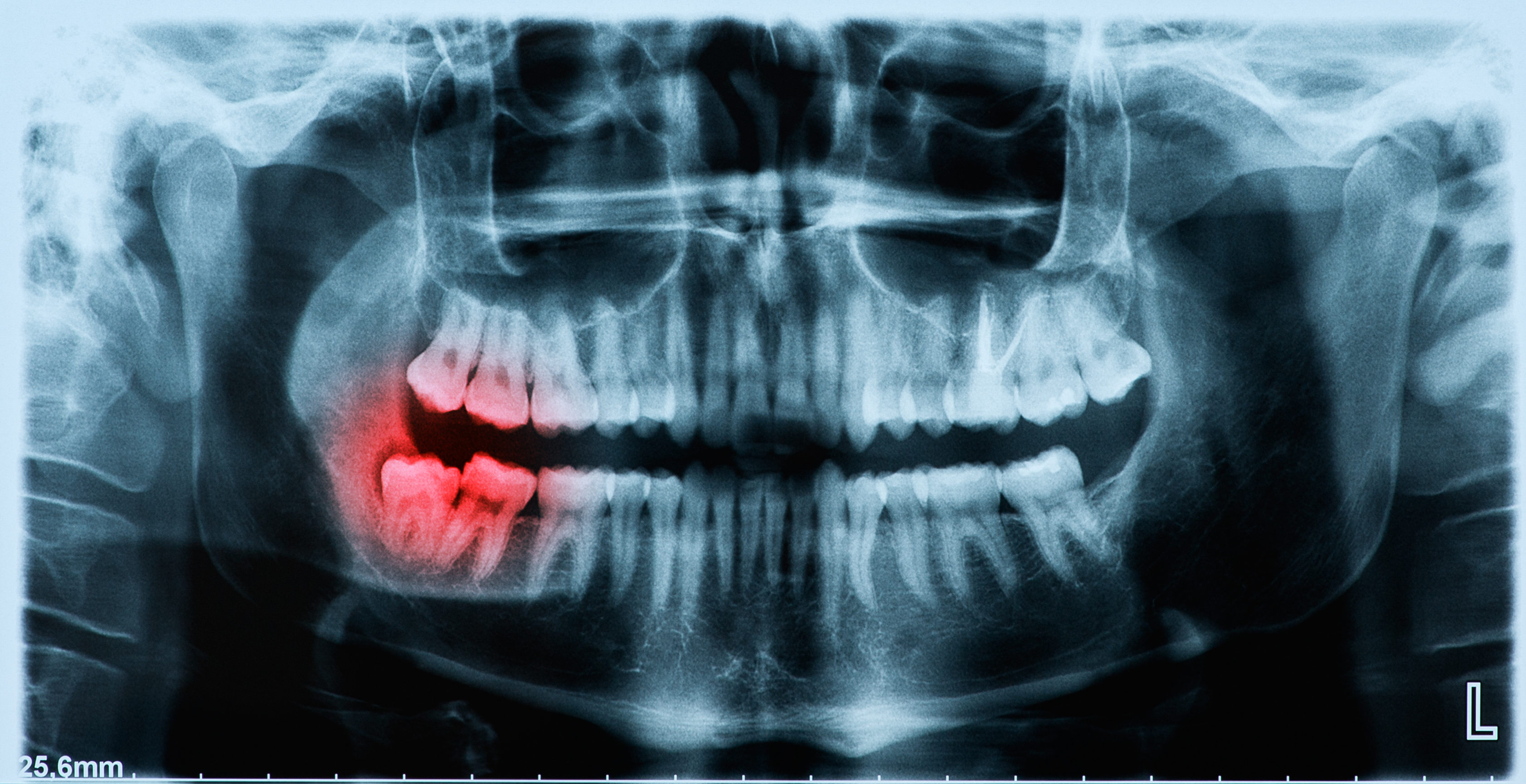Impacted Canines in Southbridge and Pomfret
The process of realigning impacted canines involves several stages of therapy, all geared to pulling the tooth into a functional and aesthetically pleasing location. Whether the result of an accident or, more commonly, a birth defect, this anomaly can be corrected by our skilled surgeon, Dr. John R. Kashmanian, D.M.D.
Who Needs Impacted Canines Adjusted?
Typically, the canines erupt in most individuals around the age of 13. They occasionally get stuck behind other teeth and will need a series of surgeries and subsequent adjustments to lead the tooth into its proper position. The reason so much care and work is put into the canines is that they are critical in forming a proper bite. They affect the position of jaw and teeth in relation to one another as they form the dental arch. The dental arch is the shape of the upper and lower maxillary region, and it affects the way one clamps the jaw down during speaking and eating. The aesthetic look of the smile and its features are often guided by this pair of teeth, and can lead to adverse effects on the health of the surrounding teeth if left untreated. The earlier this impaction is detected, the better, as waiting to treat the issue could lead to further complications later in life.
How Does the Procedure Work?

The correction of impacted canines is a multi-tiered process. The first step is to create a foundational alignment of the upper teeth with orthodontic framing that functions like traditional braces. Then, our oral surgeon performs a small surgery to expose the canine in question, which usually consists of a small incision in the upper maxillary region. If the baby canine is still in place, it is generally extracted. This can vary, as doing so can allow the adult tooth to grow naturally into place, but differs from person to person and will usually be discussed between the orthodontist and our surgeon.
At this point, a tether can be attached to both the supporting braces and the tooth itself, which will begin the process of "guiding" the tooth into its proper place. At several subsequent sessions, this small chain will be tightened to allow additional directing of the tooth into place. This process would be similar to having braces tightened. Eventually, when the tooth is near enough, it can be attached to the braces themselves, and finish its realignment without any further need for the chain.
What Can I Expect?
Over a period of up to a year, the canine will be freed and realigned with the rest of the dental arch, giving you a bright and natural smile. However, this process can be moderately painful during the "adjustment" times at the orthodontist. Contact your doctor if more than minor bleeding or swelling occurs. The procedures performed by the oral surgeon to expose the tooth are relatively simple and painless, but if the procedure is attempted in adults or older children, it can lead to additional complications.
If you're ready to find out how a surgery on your impacted canines can help you, contact our office today.
